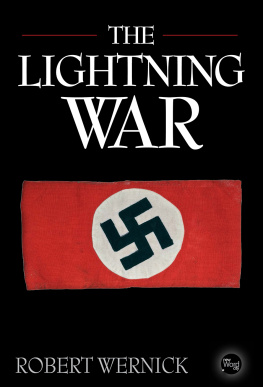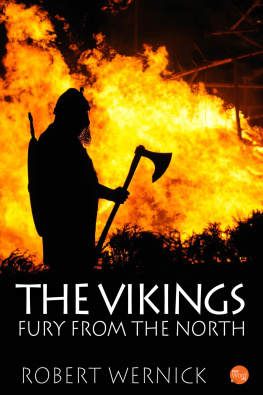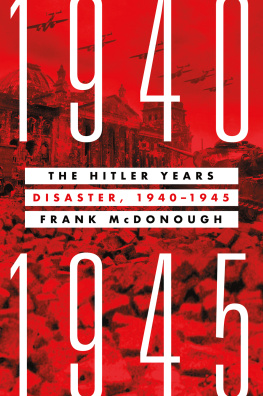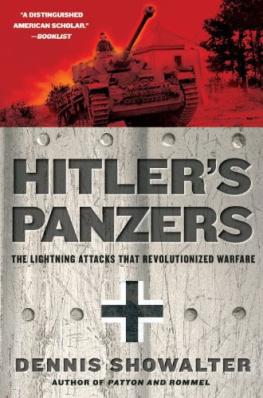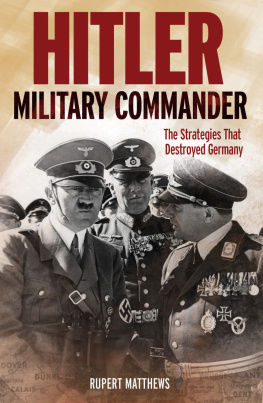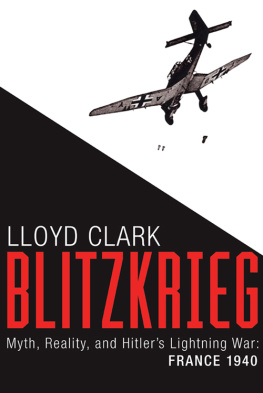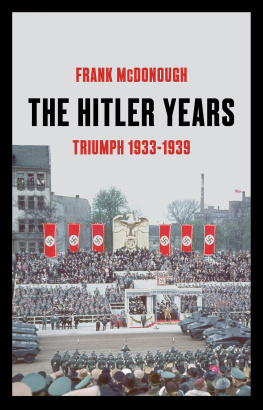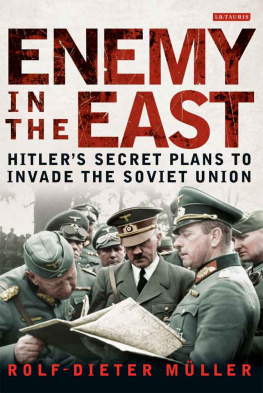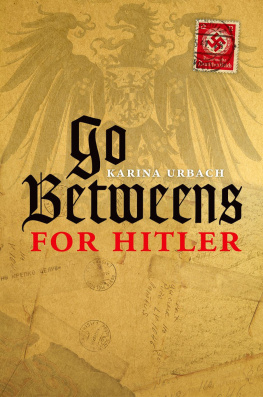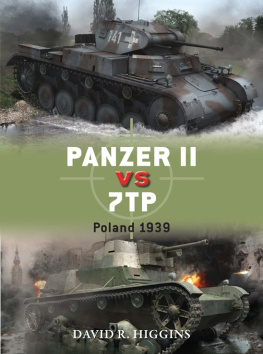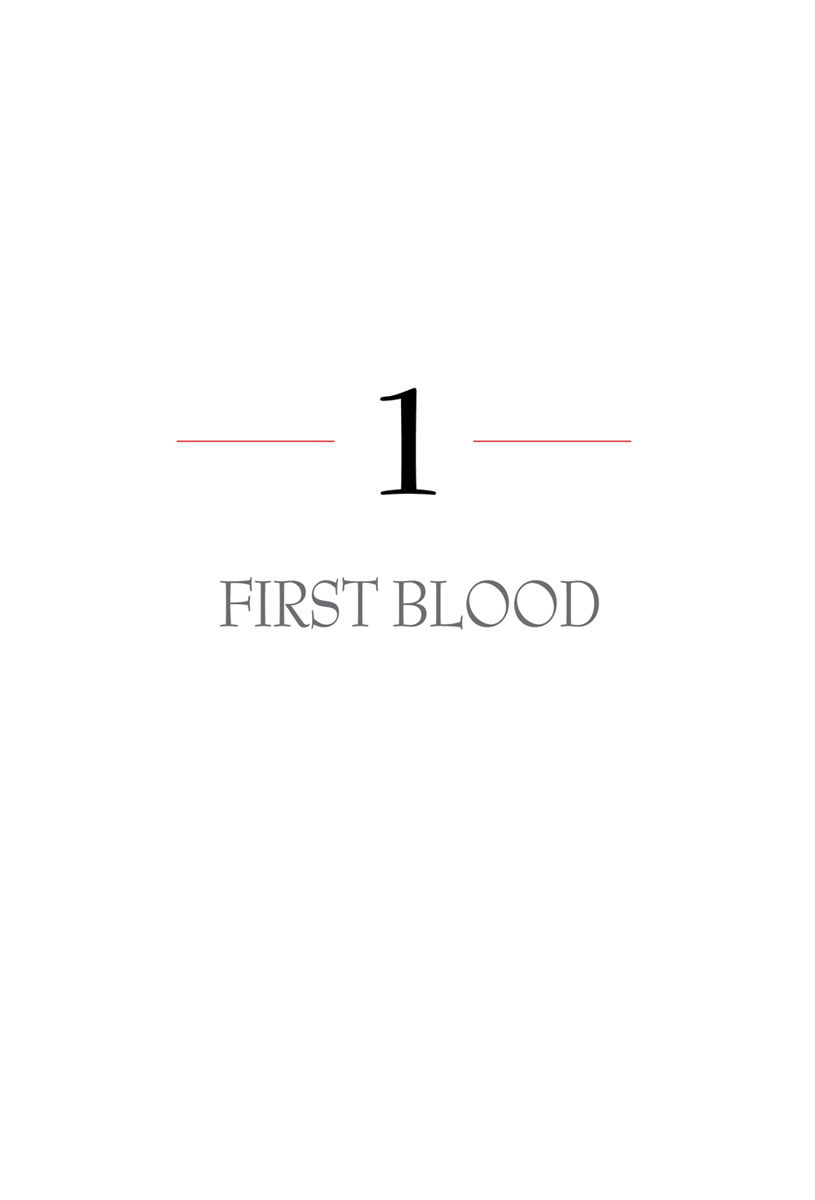On August 17, 1939, General Franz Halder, chief of staff of the German Army, noted in his diary that he had received a rather unusual request from Heinrich Himmler, head of Adolf Hitlers Schutzstaffeln - or SS - the Nazi Partys own armed forces. Himmler asked for a supply of Polish military uniforms. The German Army performed with its customary efficiency; the uniforms were requisitioned, procured, and delivered.
Most likely, neither Halder nor any other Army officer was aware that the clothing was a key element in a ruse by which Hitler planned to establish a pretext for an all-out attack on Poland. Sometime between the August 17 entry in Halders diary and August 31 - the eve of the attack - thirteen convicted criminals were taken from a concentration camp at Oranienburg in Eastern Germany and installed in a nearby schoolhouse, where they were held until the plot was ripe.
Code-named Operation Canned Goods - it was the German convicts who were the goods - the project had two phases. On August 31, in the first stage, all but one of the prisoners was ordered to dress themselves in the Polish uniforms. Then they were given lethal injections and taken to a small forest about ten miles west of the German-Polish border, where they were shot. Their bodies were arranged to make it appear that they had died while advancing into Germany. Foreign journalists and other witnesses were subsequently brought to the scene to view the evidence of the corpses.
Later that same day, in the second phase, the remaining prisoner, escorted by Major Alfred Naujocks and five other members of the SS security branch (the SD), was hustled off to the nearby town of Gleiwitz. The party - all wearing civilian clothes - burst into the local radio station and seized it. Speaking in Polish, one of Naujocks colleagues broadcast an inflammatory statement announcing that Poland was attacking Germany and called all Poles to join in the cause. Then, after a simulated fracas that involved much confusion and a fair deal of shooting in front of an open microphone, the civilian-clad prisoner was killed and left lying on the studio floor - to impersonate the incendiary Polish broadcaster.
The next day at 10:00 a.m., in a speech before the Reichstag in Berlin, Hitler cited the charade at Gleiwitz as an example of Polish aggression on German soil and announced that he had thrown all the armed might of Germany against the attacking nation.
Thus, he launched World War II.
This was Hitlers war, started at the time and place of his choosing. After six years of dramatic, relatively bloodless triumphs - his assumption of power, the rearmament of Germany, the reoccupation of the Rhineland, the union forced upon Austria, the seizure of Czechoslovakia - the time had come for the Fhrer to prove himself upon the battlefield.
On April 3, Hitler had issued written orders to his High Command for the attack on Poland, the action to begin any time after September 1. On May 23, he had lectured his top officers for hours on the subject of his plans. He said he was burning his bridges. The answer to Germanys problems - arising, as Hitler saw them, from the need for more living space for the people of the Reich - was unattainable without invading other countries or attacking other peoples possessions.
Hitler went on: Further successes are impossible without the shedding of blood. And that first blood was to be shed in Poland.
In his newly declared quest for military victory, Hitlers primary weapon - complementing his mastery of such political stratagems as secrecy, bluff, and deception - was a kind of swift, mechanized, mobile warfare that the world had never seen before. The overall concept was called blitzkrieg, or lightning war, in which coordinated forces of armored (panzer) divisions, high-level bombers, dive bombers, and motorized infantry divisions would blast through enemy defenses in a sudden, massive assault.
The generals in the Fhrers captive audience may well have squirmed when they considered the risks of his belligerent policy: The strong possibility existed of intervention by Britain and France, with the Soviet Union threatening from the east. But few of the officers voiced doubts or even asked questions, although they all were aware that the German war machine had neither the military muscle nor the industrial scale to win a war against all those potential adversaries. Fearful of the dictator, swayed by his success to date, they now defined themselves as obedient tools of his will. Most also had an almost mystical faith that he could limit the war, take on his enemies piecemeal, and, above all, stop the Soviet Union from forming an alliance with the Western democracies that would force the Germans into the nightmare of a two-front war.
In the weeks following the May meeting, Hitler was able to carry off all these feats, and the generals remained confident in his magical abilities. Perhaps the most important of the Fhrers accomplishments had been the signing of the crucial German-Soviet nonaggression treaty on August 23 - a scant week before the German attack on Poland - which not only guaranteed Germany a free hand in the East but also assured a secure rear in case of operations in the West. Joseph Stalin, in return, obtained a franchise on spheres of influence in eastern Poland, parts of southeastern Europe, Finland, and the Baltic states of Latvia and Estonia - from the German viewpoint, a small price to pay for Russian cooperation.
Therefore, it was with the utmost belief in himself, his intuition, and his guiding star that Hitler stood before the obedient, brown-shirted Reichstag deputies on the morning of September 1 and told them that he had put on the field-gray uniform of the German soldier, the sacred coat worn in the trenches of World War I, and would not take it off short of victory or his own death. By that time, the first phase of his military campaign against the Poles had already begun. In the pre-dawn darkness, nearly six hours earlier, an assault by air, land, and sea had been launched, and every sign pointed to a quick German victory.
The first shots were fired at Danzig in the Polish Corridor, which cut East Prussia off from the Reich. Polish control of the old Baltic port had long been a source of resentment to the Germans, and Hitler saw symbolic value in its repossession on the first day of the war.
A couple of days earlier, the Schleswig-Holstein, a training ship of the German Navy, had steamed into the harbor of Danzig on what was announced as a courtesy visit. But the crew had a more urgent mission than to go sightseeing among the picturesque houses of the medieval, German, merchant-princes of Danzig. Though the Schleswig-Holstein was a relic of a battleship, built in 1906, it was still a battleship, armed with powerful eleven-inch guns. On the morning of September 1, it turned these guns against the Polish fortress Westerplatte, which guarded Danzigs harbor. The garrison had no comparable armament and could only submit grimly to a steady, murderous bombardment.
Meanwhile, as day broke on the land frontier, Polish General Wladyslaw Anders, commanding a division stationed at the village of Lidzbark, ninety miles southeast of Danzig and about thirteen miles south of the East Prussian border, heard the air fill with a menacing drone. In his memoirs, Anders recalls how he and his men looked up to see squadron after squadron of German planes, like flocks of cranes, swooping south in the direction of Warsaw.
These were Hitlers high-level bombers. In the course of a few hours, they reduced much of the Polish rear to rubble. They destroyed most of the Polish Air Force on the ground, blasting planes, hangars, and ammunition and fuel dumps. They blew up railroad stations full of soldiers, who were obeying their mobilization orders, savaged railroad bridges, radio stations, headquarters buildings, barracks, and munitions factories. High-explosive and incendiary bombs set raging fires in the cities and panicked the civilian population.

